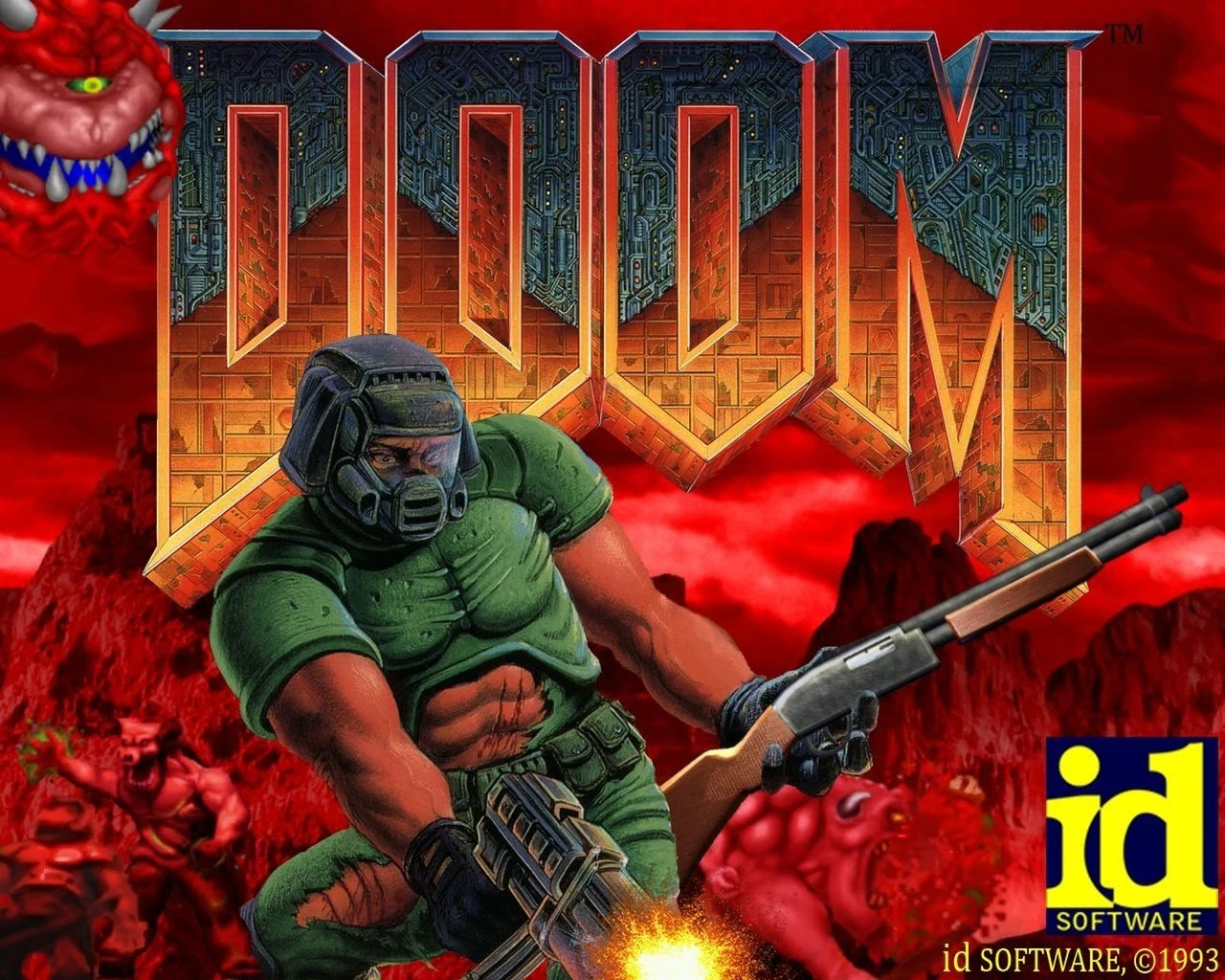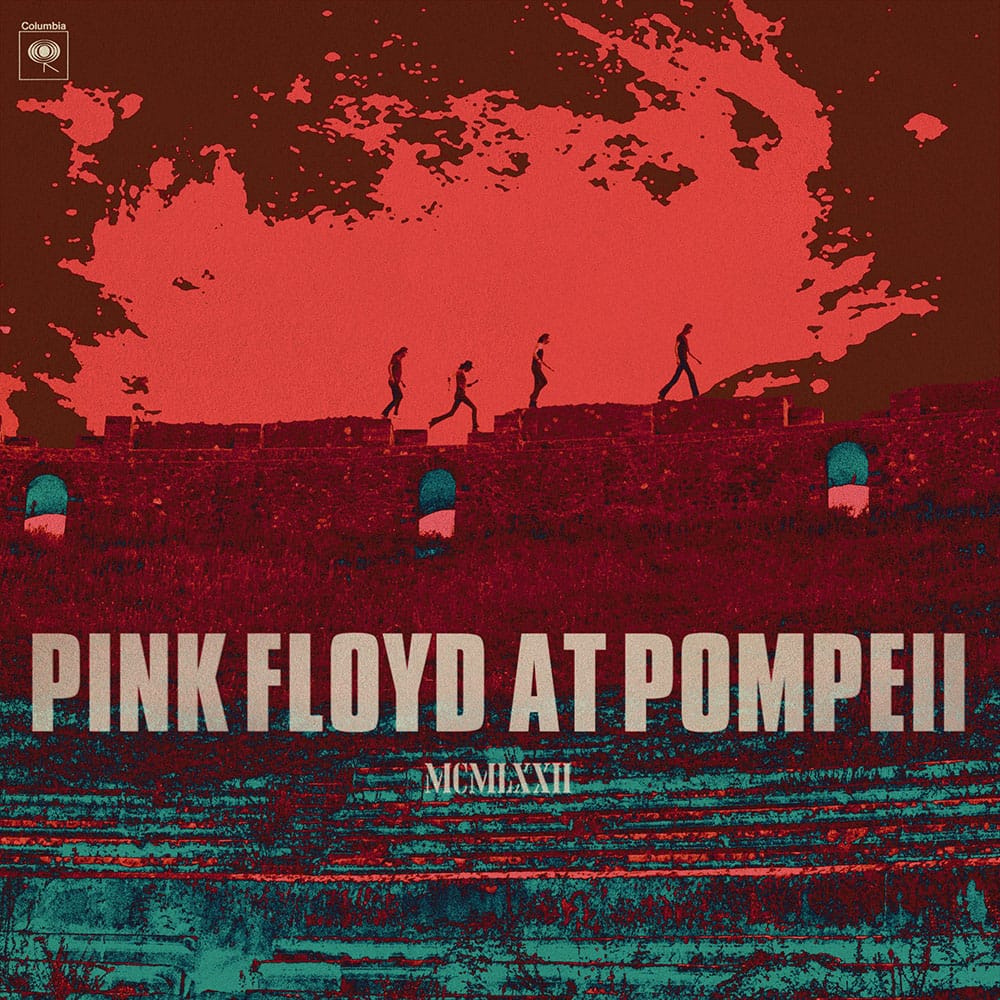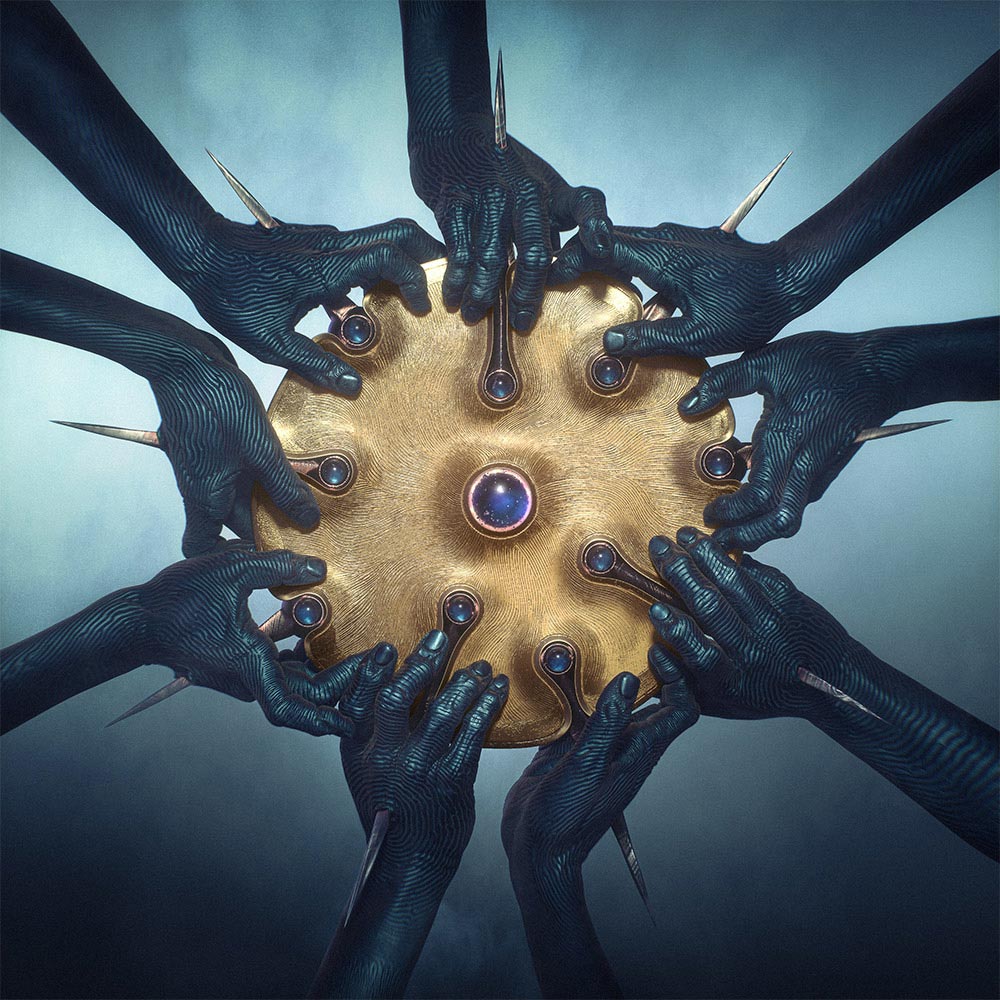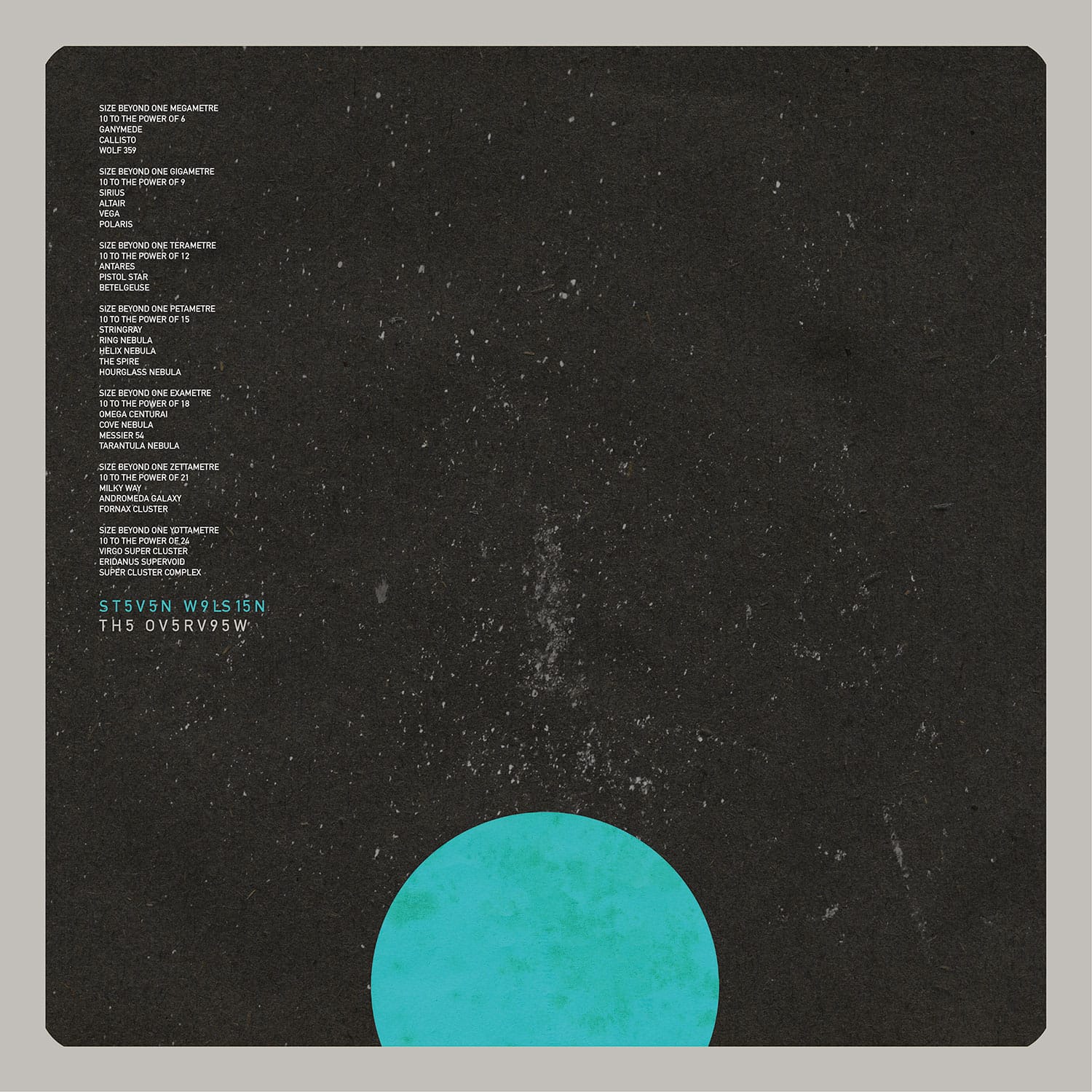This week, the legendary first-person shooter game, Doom, turned 30, so I decided to write this short article to reminisce about it.
It’s impossible to underestimate the impact it had. Released by id Software for MS-DOS in 1993, it became a global phenomenon instantly.
Back then, the internet was still in its early and limited stages, so I could only know what I saw on TV, heard from people, and especially what I could read in video game magazines, but Doom was everywhere.
I don’t remember exactly how Doom found its way onto my computer, but I do know clearly that Doom was composed of 3 episodes. Each episode was a series of levels, and the first episode was entirely free, released under a Shareware model, so the game probably came to me included on one of the demo discs that video game magazines used to bring in those years. Or perhaps one of my friends from that time, equally enthusiastic about video games as I was, shared it with me.
How many times did I play through that series of 9 levels that made up the first episode? It must have been dozens of times, and it was always absolutely exhilarating. My impressionable mind, at my young age, was ecstatic with the experience: a frenetic first-person shooter set in an immersive fully 3D environment, something I had never experienced, not even on the console of the moment, the SNES, and certainly not on the old and humble NES.
Above all, I remember the intensity and the artistic direction. The game was set in a military complex on Mars, inspired by the “Aliens” movie series. Oh, and of course, the music, with its soundtrack composed of pseudo-metal compositions. And of course, the game sounds, which made everything so tense. Just writing this brings to mind the protagonist’s heavy breathing when injured; the sounds of shots from all the different types of weapons; the screams of enemies, who surprised you from all sides; the explosions. Everything.
One of the things that excites me most to remember the game is that thanks to Doom, I had my first experience playing with friends through a modem connection, each from their own home. Those who ever played through a modem can perfectly recall the ritual of connecting the telephone line to the computer, configuring the game to call or receive a call, the sound of the modem establishing the connection, and crossing your fingers so that the game wouldn’t be disrupted by various reasons, such as someone else wanting to use the phone or simply a connection error, which was not uncommon.
Today, we take for granted the ability to play online, but back then, playing remotely was a novelty, and I can say that I dedicated many happy hours to playing through a modem, especially Doom. My parents probably didn’t find it amusing to see the telephone bills resulting from my endless sessions, but if they did, they never told me a thing.
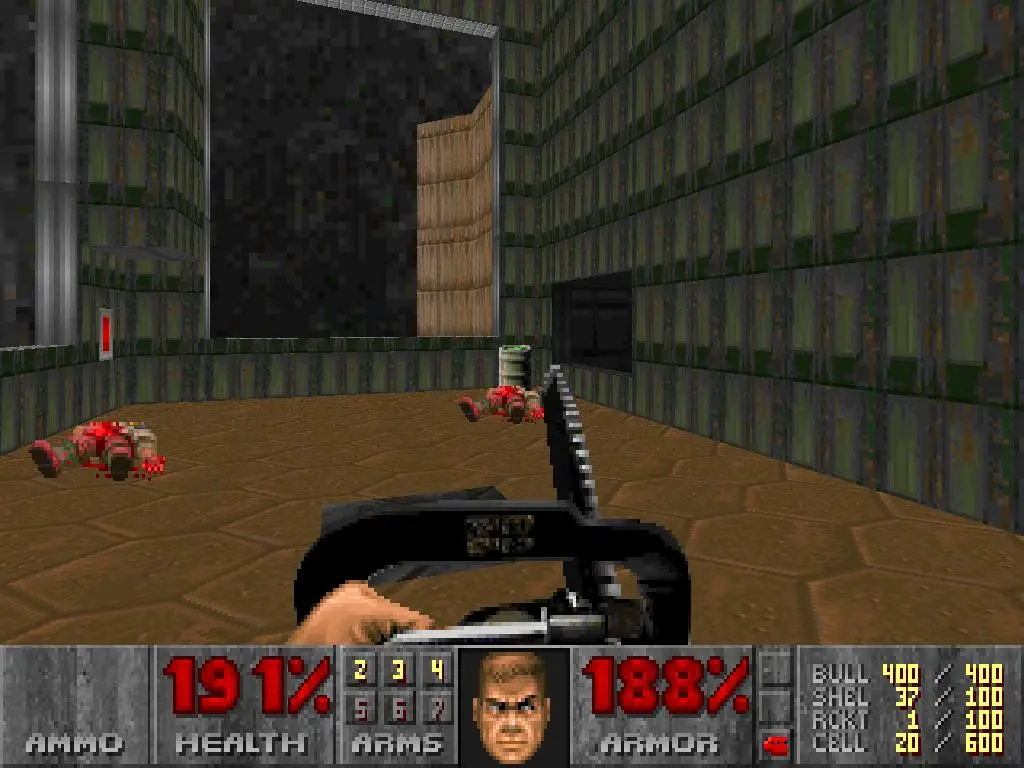
Anyway, not long after, Doom 2 was released, which was almost identical to the first game. Practically an expanded version, although I surely played it much more. It took 10 long years of waiting for the incredibly anticipated release of Doom 3, which was indeed different. A considerable advancement in both graphics and technology.
However, Doom 1, the original, will always have a very special place in my memory. It has legitimately earned its place in the pantheon of the greatest video games in history. Its release was a decisive and important moment for the development and global reach of video games. A vital technological step for its successors in its genre, like Duke Nukem 3D, Quake, Half-Life, and the institution that first-person shooter games are today. Long live the king.

